Fortunately, several people got off after just a few miles so I was able to move to the single-seat by the door where I could stretch out my legs. The view of the steep rolling hills filled with pastures for cows and goats along with forested areas. Occasionally we would cross a narrow bridge with muddy rapids surging below us. Within an hour I spotted the red-roofed village of Arabuco where I would find another bus to take me north to San Gil.
The bus driver took me about a kilometer further up the road from the town square so I would be on the big highway where the long-distance buses were supposed to pass by. He gestured to me how I should flag down one of the passing buses.
He dropped me off at the highway where there were lots of truck stop restaurants and gas stations. I asked the woman at the restaurant if she knew when the next buses were to come by. She said she did not know and told me this was not a normal bus stop.
So I headed back to the road and watched a bunch of minibusses with signs for the next two towns up. I figured if the big buses did not stop for me following the minibus driver's instructions, I could at least get to a couple of towns up the road by flagging them down.
Within five minutes a big bus rounded the corner---A big blue and white Berliner---and stopped for me following my signals. What a smooth journey after that except I had to wear my jacket because the A/C was running so cool.
Just after 1:00 PM, the bus pulled into a restaurant spot---probably his uncle's---I ordered Asada--beef--with a plantain soup, rice, plantain, sweet potato, and veggies along with apple juice which turned out to be apple soda. It filled me up and cost just 10,000 COP---about $4 USD--- which seems to be the norm for set lunches here.
After another two hours of climbing up and down several hills, we dropped down to the red-roofed city of San Gil and stopped at the bus terminal which was about 3km south of town----local taxi drivers have to make a living. Before I caught a taxi to downtown, I checked out a couple of bus companies and booked a night bus on Brasilia Co. for the 12th which left at 6:45 pm and would arrive at Santa Marta at 6:30 in the morning and I got a 10,000 discount for getting my ticket early at a cost of 80,000 COP.
This is the destination for my five-day trek to the Ciudad Perdida ruins which are claimed to be 2nd biggest ruins in South America after Machu Picchu in Peru. We will see.
Here is the view of San Gil from the road to Barichara.
I was looking forward to staying at Sam's VIP since it was on the main Plaza, but unfortunately, it was shrouded in construction fencing. Here's the view from the hostel's balcony.
San Gil is another red roof covered city with white walls with doors of every color imaginable. I spent some time walking around and then stopped a restaurant that featured one of their specialties hormigas covered filet mignon---ants. Unfortunately or fortunately they had run out of ants. This is a specialty of the area dating back over 500 years when the indigenous Guane people cultivated and ate them for their healing and other properties. I figured that I would have lunch in the nearby Barichara at the Color de Hormiga, but when I got there the restaurant sign was down and the electric meter no longer ran. Maybe this gourmet tradition is wearing out.
In the morning I took the 45-minute minibus out to Barichara which was a beautiful ride up and over some fairly steep hills dotted with farmhouses with cattle and goats roaming about.
Barichara is another one of the Spanish colonial towns with cobbled steep streets, rustic, moss ladened red tiles, and white painted walls along with multicolored doors.
At I pulled into this scenic village that is frequently the backdrop to Spanish movies and telenovelas, I was disappointed to see that described "main town square dotted with palm trees, tropical plants, a water fountain and benches perfect for people-watching." was currently sheathed in construction tarp just like San Gil was.
After a bit of walking about, I found a restaurant for a breakfast of scrambled eggs with onions and tomatoes, coffee con Leche, and cornmeal fried patties. This restored Ford truck was parked nearby.
I stopped by the Catedral de la Immaculada Concepcion adjacent to the hidden Parque Principal and then continued on to some of the others.
This is the Iglesia de Santa Barbara at the top of the town by the Art Park, community swimming pool, and the start of the Camino Real to Guane.
View from the church down to town.
This is the Capilla de Jesus Resucitado with an adjacent cemetery.
I headed to the viewpoint at the start of the El Camino Real to Guane. The trail was built by the Guane indigenous people several centuries ago and is about 9 km long. The views from here were spectacular and you could see the village of Guane across a river to a bluff above.
Subscribe to my YouTube Channel
I have recently uploaded all of my travel videos to YouTube now that they allow longer uploads. I have also added other shorter travel videos.
That link is https://www.youtube.com/c/huntforgold
If you do go there, please subscribe to my video channel since it will help me eventually get some income there and help with my future travels.
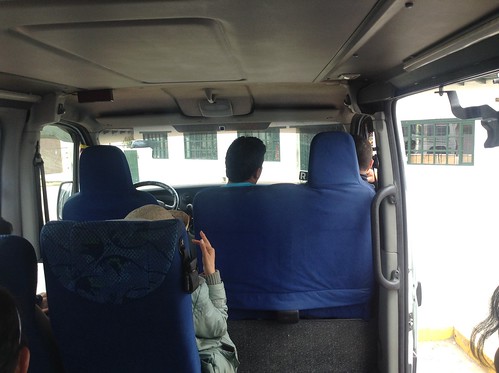
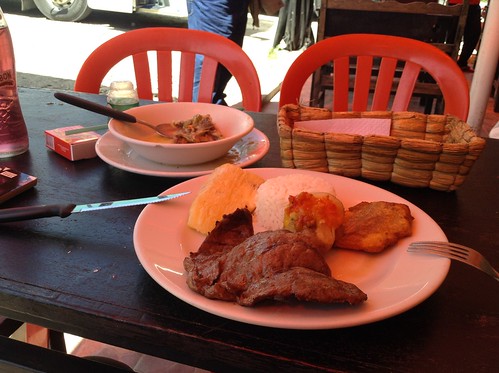
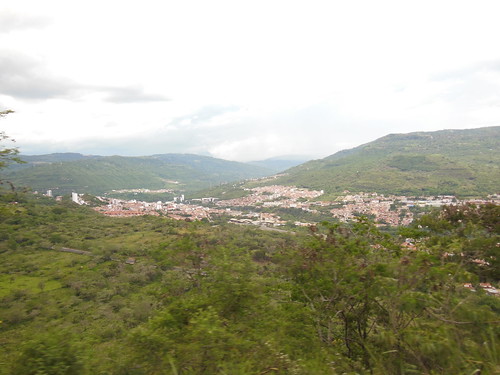
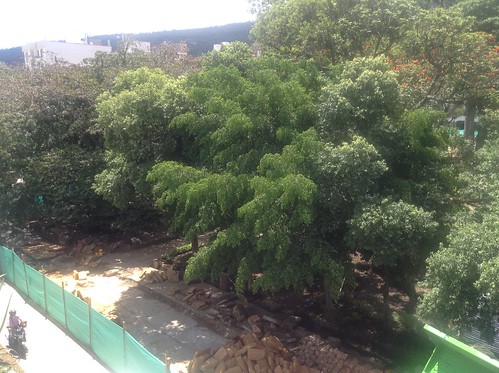

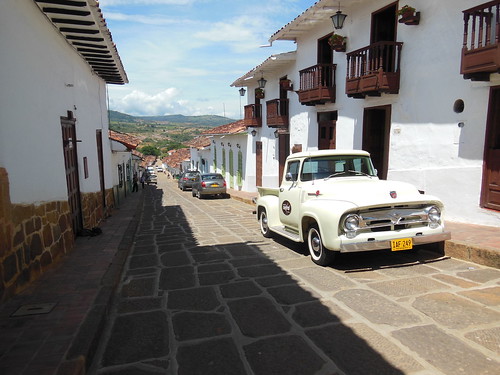
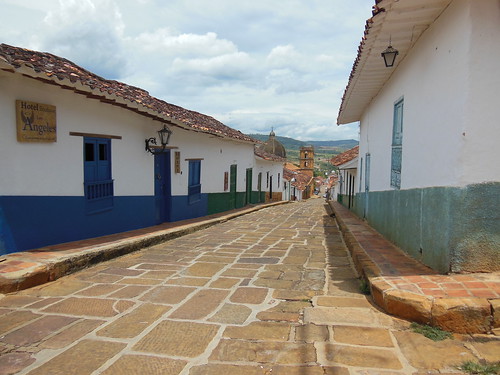
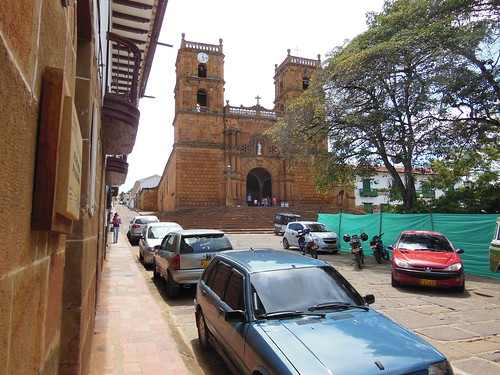
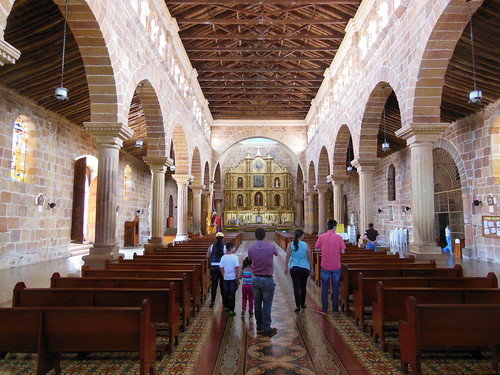
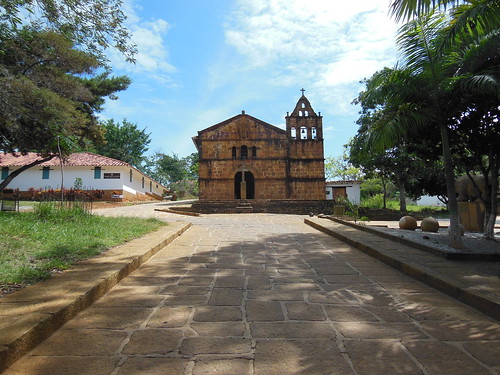
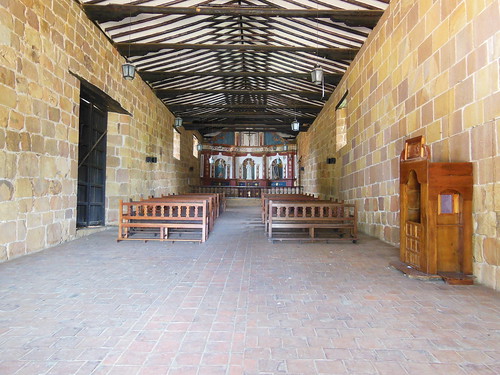
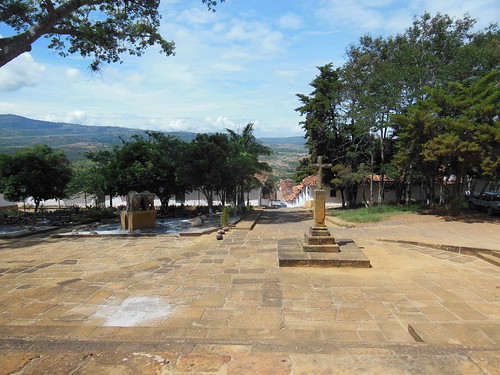
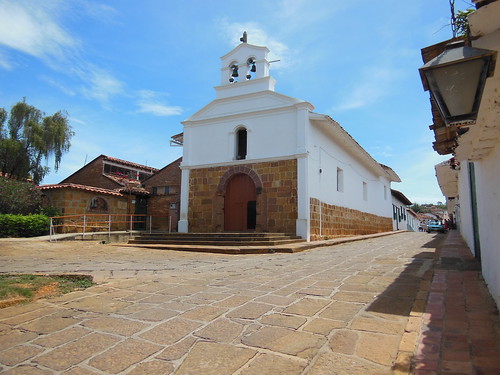
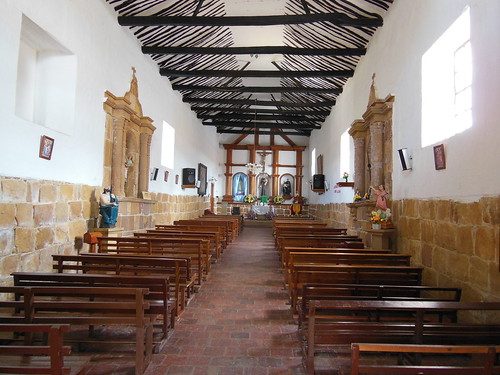
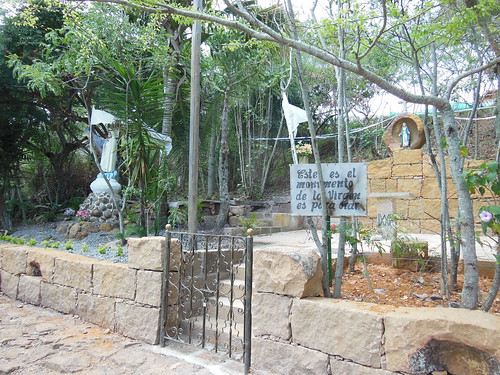
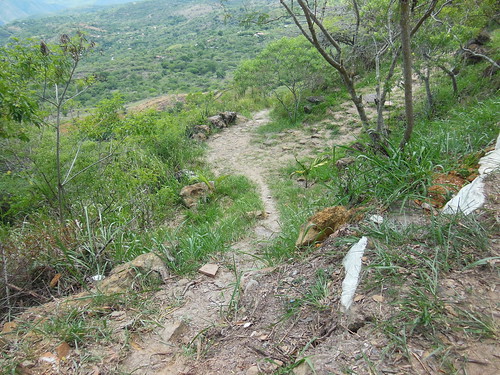
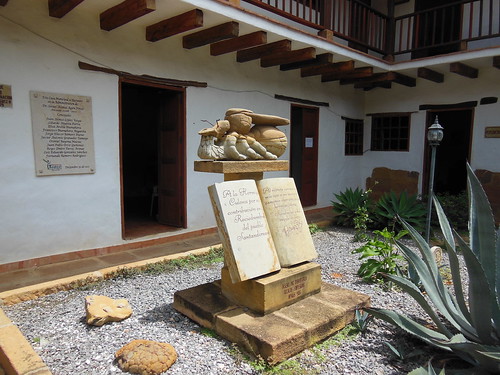
No comments:
Post a Comment